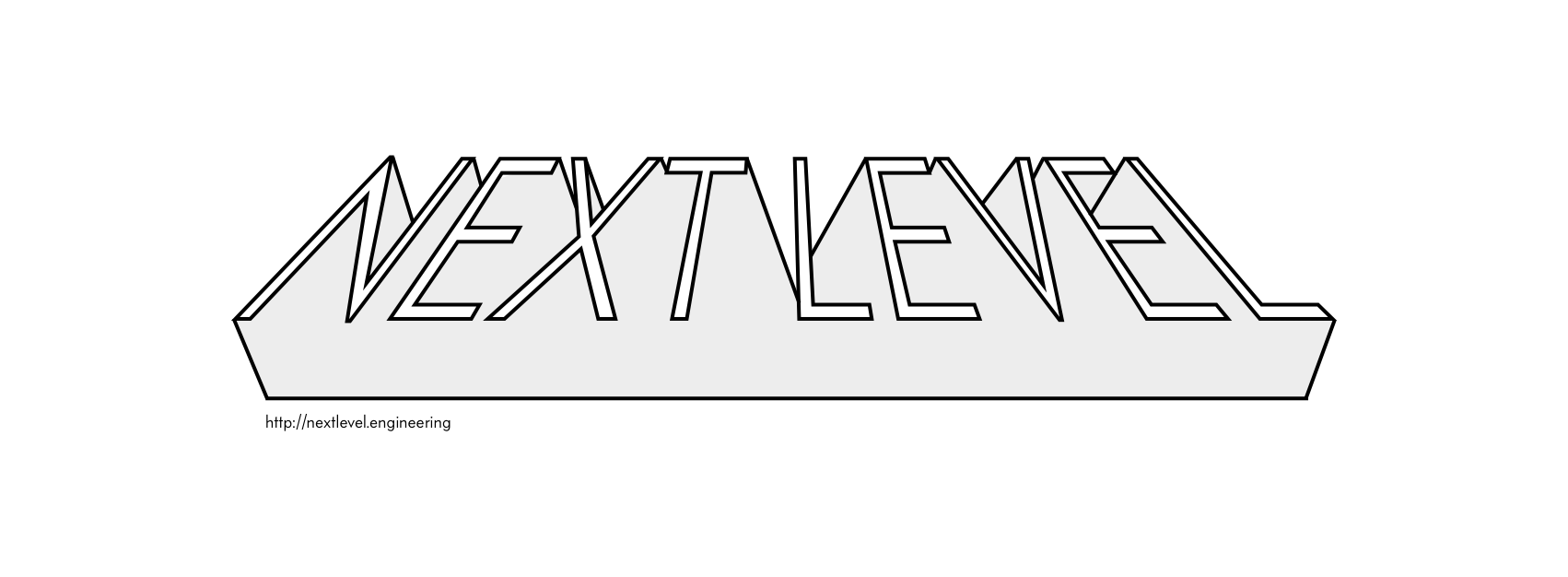⬆️Swift中的Rad Media捕获

NextLevel is a Swift camera system designed for easy integration, customized media capture, and image streaming in iOS. Integration can optionally leverage AVFoundation or ARKit.
| Features | |
|---|---|
| 🎬 | “Vine-like” video clip recording and editing |
| 🖼 | photo capture (raw, jpeg, and video frame) |
| 👆 | customizable gestural interaction and interface |
| 💠 | ARKit integration (beta) |
| 📷 | dual, wide angle, telephoto, & true depth support |
| 🐢 | adjustable frame rate on supported hardware (ie fast/slow motion capture) |
| 🎢 | depth data capture support & portrait effects matte support |
| 🔍 | video zoom |
| ⚖ | white balance, focus, and exposure adjustment |
| 🔦 | flash and torch support |
| 👯 | mirroring support |
| ☀ | low light boost |
| 🕶 | smooth auto-focus |
| ⚙ | configurable encoding and compression settings |
| 🛠 | simple media capture and editing API |
| 🌀 | extensible API for image processing and CV |
| 🐈 | animated GIF creator |
| 😎 | face recognition; qr- and bar-codes recognition |
| 🐦 | Swift 5 |
Need a different version of Swift?
5.0 - Target your Podfile to the latest release or master4.2 - Target your Podfile to the swift4.2 branch
# CocoaPodspod "NextLevel", "~> 0.16.3"# Carthagegithub "nextlevel/NextLevel" ~> 0.16.3# Swift PMlet package = Package(dependencies: [.Package(url: "https://github.com/nextlevel/NextLevel", majorVersion: 0)])
Alternatively, drop the NextLevel source files or project file into your Xcode project.
ARKit and the True Depth Camera software features are enabled with the inclusion of the Swift compiler flag USE_ARKIT and USE_TRUE_DEPTH respectively.
Apple will reject apps that link against ARKit or the True Depth Camera API and do not use them.
If you use Cocoapods, you can include -D USE_ARKIT or -D USE_TRUE_DEPTH with the following Podfile addition or by adding it to your Xcode build settings.
installer.pods_project.targets.each do |target|# setup NextLevel for ARKit useif target.name == 'NextLevel'target.build_configurations.each do |config|config.build_settings['OTHER_SWIFT_FLAGS'] = ['$(inherited)', '-DUSE_ARKIT']endendend
Before starting, ensure that permission keys have been added to your app’s Info.plist.
<key>NSCameraUsageDescription</key><string>Allowing access to the camera lets you take photos and videos.</string><key>NSMicrophoneUsageDescription</key><string>Allowing access to the microphone lets you record audio.</string>
Import the library.
import NextLevel
Setup the camera preview.
let screenBounds = UIScreen.main.boundsself.previewView = UIView(frame: screenBounds)if let previewView = self.previewView {previewView.autoresizingMask = [.flexibleWidth, .flexibleHeight]previewView.backgroundColor = UIColor.blackNextLevel.shared.previewLayer.frame = previewView.boundspreviewView.layer.addSublayer(NextLevel.shared.previewLayer)self.view.addSubview(previewView)}
Configure the capture session.
override func viewDidLoad() {NextLevel.shared.delegate = selfNextLevel.shared.deviceDelegate = selfNextLevel.shared.videoDelegate = selfNextLevel.shared.photoDelegate = self// modify .videoConfiguration, .audioConfiguration, .photoConfiguration properties// Compression, resolution, and maximum recording time options are availableNextLevel.shared.videoConfiguration.maximumCaptureDuration = CMTimeMakeWithSeconds(5, 600)NextLevel.shared.audioConfiguration.bitRate = 44000}
Start/stop the session when appropriate. These methods create a new “session” instance for ‘NextLevel.shared.session’ when called.
override func viewWillAppear(_ animated: Bool) {super.viewWillAppear(animated)NextLevel.shared.start()// …}
override func viewWillDisappear(_ animated: Bool) {super.viewWillDisappear(animated)NextLevel.shared.stop()// …}
Video record/pause.
// recordNextLevel.shared.record()// pauseNextLevel.shared.pause()
Editing and finalizing the recorded session.
if let session = NextLevel.shared.session {//..// undosession.removeLastClip()// various editing operations can be done using the NextLevelSession methods// exportsession.mergeClips(usingPreset: AVAssetExportPresetHighestQuality, completionHandler: { (url: URL?, error: Error?) inif let _ = url {//} else if let _ = error {//}})//..}
Videos can also be processed using the NextLevelSessionExporter, a media transcoding library in Swift.
‘NextLevel’ was designed for sample buffer analysis and custom modification in real-time along side a rich set of camera features.
Just to note, modifications performed on a buffer and provided back to NextLevel may potentially effect frame rate.
Enable custom rendering.
NextLevel.shared.isVideoCustomContextRenderingEnabled = true
Optional hook that allows reading sampleBuffer for analysis.
extension CameraViewController: NextLevelVideoDelegate {// ...// video frame processingpublic func nextLevel(_ nextLevel: NextLevel, willProcessRawVideoSampleBuffer sampleBuffer: CMSampleBuffer) {// Use the sampleBuffer parameter in your system for continual analysis}
Another optional hook for reading buffers for modification, imageBuffer. This is also the recommended place to provide the buffer back to NextLevel for recording.
extension CameraViewController: NextLevelVideoDelegate {// ...// enabled by isCustomContextVideoRenderingEnabledpublic func nextLevel(_ nextLevel: NextLevel, renderToCustomContextWithImageBuffer imageBuffer: CVPixelBuffer, onQueue queue: DispatchQueue) {// provide the frame back to NextLevel for recordingif let frame = self._availableFrameBuffer {nextLevel.videoCustomContextImageBuffer = frame}}
NextLevel will check this property when writing buffers to a destination file. This works for both video and photos with capturePhotoFromVideo.
nextLevel.videoCustomContextImageBuffer = modifiedFrame
NextLevel was initally a weekend project that has now grown into a open community of camera platform enthusists. The software provides foundational components for managing media recording, camera interface customization, gestural interaction customization, and image streaming on iOS. The same capabilities can also be found in apps such as Snapchat, Instagram, and Vine.
The goal is to continue to provide a good foundation for quick integration (enabling projects to be taken to the next level) – allowing focus to placed on functionality that matters most whether it’s realtime image processing, computer vision methods, augmented reality, or computational photography.
NextLevel provides components for capturing ARKit video and photo. This enables a variety of new camera features while leveraging the existing recording capabilities and media management of NextLevel.
If you are trying to capture frames from SceneKit for ARKit recording, check out the examples project.
You can find the docs here. Documentation is generated with jazzy and hosted on GitHub-Pages.
If you found this project to be helpful, check out the Next Level stickers.
NextLevel is a community – contributions and discussions are welcome!
NextLevel is available under the MIT license, see the LICENSE file for more information.